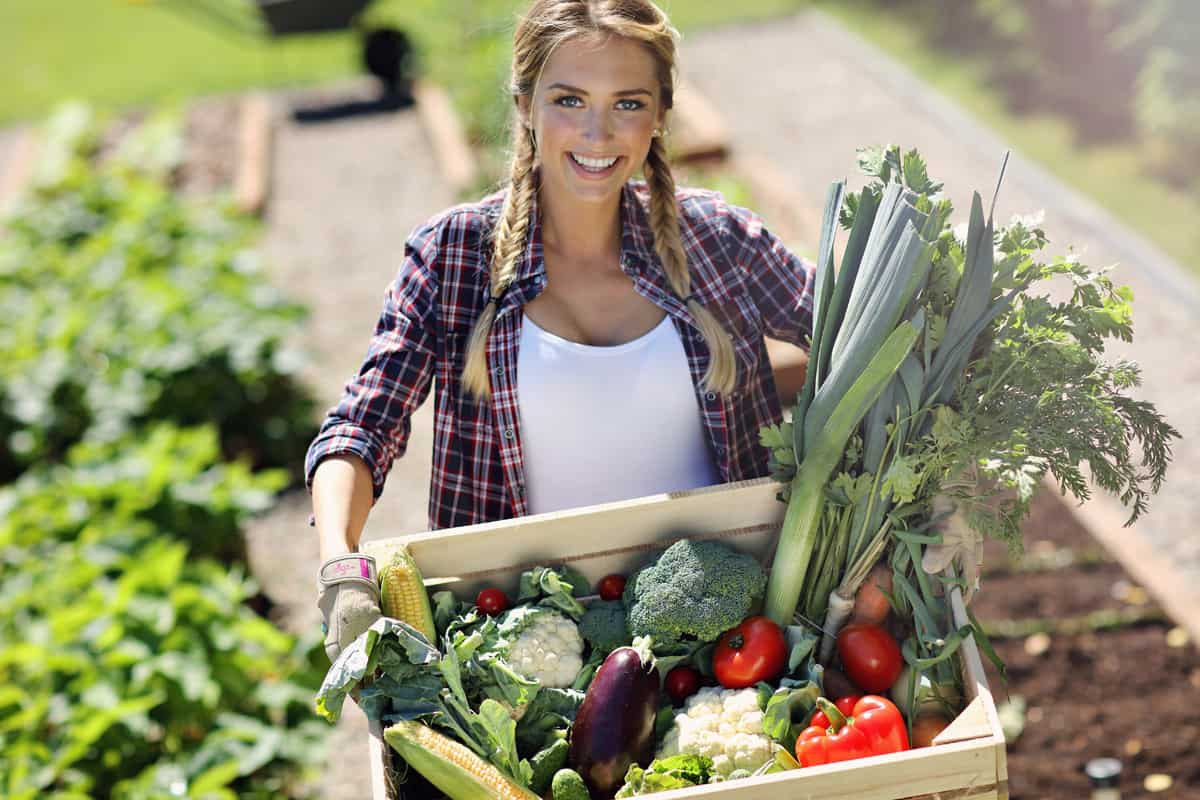
The best new vegetable seeds are the key to a bountiful summer harvest. Dozens of new varieties of vegetable garden seeds and starter plants are introduced every year. But how do you decide which ones deserve a place in your garden?
As anticipation of a new gardening season gives way to planting season, it’s time to see what new vegetable seeds are available. Then it’s time to decide what you actually want to plant in your garden.
This spring, seed companies have introduced an impressive selection of the new vegetable seeds. Some of these new vegetable varieties put a new spin on garden favorites. Others bring back heirloom selections that have a long history of outstanding garden production.
Sometimes the best new vegetable seeds and plants offer bigger harvests and better hardiness. Sometimes the appeal is a different color, or a new variety designed especially for small gardens or container growing.
The best new vegetable seeds presented here are sure to be among this year’s popular favorites. So, get your garden plots ready for planting!
Red and Yellow Blend Biquinho Chile Pepper
Peppers are one of the most popular garden vegetables, so it’s no surprise the best new vegetable seed varieties include peppers. Red and Yellow Blend Biquinho Chile Peppers are a joy to grow. These peppers, which are native to Brazil, are tangy and sweet. They are also a bit smoky with just the right touch of heat. Biquinho is a mild pepper at only 1,000 to 2,000 Scoville heat units. But the heat of the peppers you grow may fluctuate in intensity depending on your climate, soil, and growing environment.
The small fruit (3/4-inch to 1 1/4 inches) start out green. As they begin to ripen, they turn either red or golden yellow. So, you get two different colors of peppers on one plant! The fruits are roundish in shape, but they taper off to a point. Biquinho (bee-KEE-nyo) means “little beak” in Portuguese. And that’s just what the tips of the peppers look like–little beaks! The plants grow 15-24 inches tall and wide. So, they don’t take up a lot of garden space, and they are a good choice for container growing. Seeds are available at BotanicalInterests.com.
Generous Yields of Sweet, Striped Cherry Tomatoes
Superior seeds produce an incredible yield per plant. That’s especially true with these new, beautiful, 1-inch, black-striped cherry tomatoes with an intense sweet flavor. Gum Drop Black F1 Hybrid Cherry Tomato is a compact, semi-determinate variety that continues to develop and bear fruit over the course of the season.
The small, perfect flowers soon produce an abundant harvest of Gum Drop Black Hybrid Cherry Tomatoes. The fruits can be eaten right off the plant or added to salads. This self-pollinating, warm season vegetable prefers full sun and moist, fertile soil. Start seeds indoors 5 to 6 weeks before the last frost date and transplant in your garden or container when temperatures maintain a minimum of 50 degrees F. Due to its generous yield, it may require staking or caging for support. Park Seed’s seeds are always non-GMO and exceed industry germination standards for impressive growing and harvesting success. Seeds are available at Park Seed.
Best New Vegetable Seeds: Burgundy Broccoli
Broccoli heads are always green, right? Not anymore. A new variety from Botanical Interests called Burgundy Broccoli has heads that are–you guessed it–burgundy. This broccoli variety is quite tender and flavorful. Plus, it’s full of healthy antioxidants. Unlike traditional broccoli plants that require cool temperatures, Broccoli ‘Burgundy’ is much more tolerant of warmer temperatures. That means a longer harvest period to enjoy this delicious vegetable. Many gardeners pinch the first main floret off as soon as it is visible. This will to encourage more abundant side shoots and further lengthen the harvest season.
Plants reach about 3 feet tall and 2 feet wide. This variety is disease resistant–even to Fusarium Yellow. Plants are ready for harvesting 68-75 days from sowing the seeds. Packets of Burgundy Broccoli Seeds are available from Botanical Interests.
A Golden Potato You Can’t Buy at the Supermarket
The best new vegetable seeds also include seed potatoes. The flavor of a homegrown potato can’t be beat, and potatoes are quite easy to grow. A new variety called Keuka Gold (pronounced Que-kah) is a wonderful, golden-fleshed potato that tastes great when boiled or baked. Developed by Cornell University, Keuka Gold is the best golden potato for producing big yields in organic growing conditions.
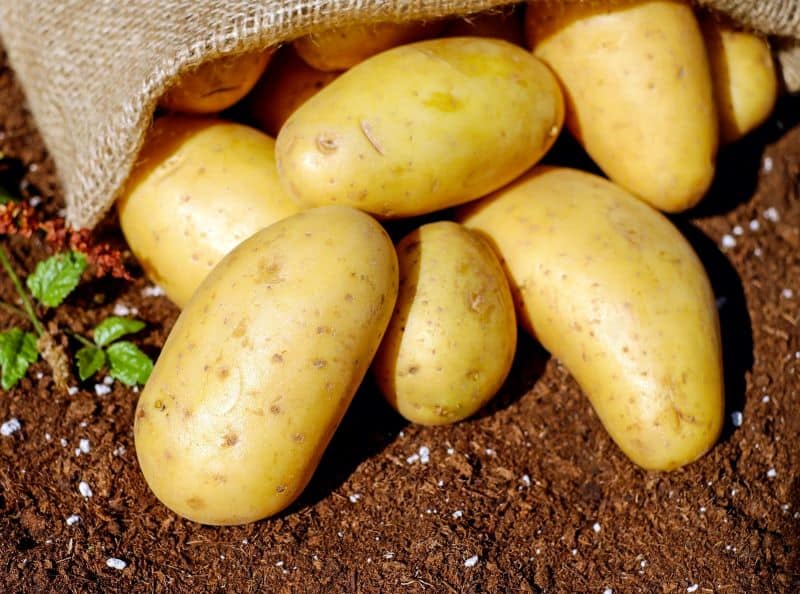
Much to the delight of organic farmers and backyard growers, Keuka Gold is a handsome golden potato (similar to Yukon Gold) that is an exceptionally reliable producer of delicious potatoes that store well. A 2.5-pound bag of organic seed potatoes from Wood Prairie Family Farm sells for $16.95, and larger bags are available—all the way up to 50 pounds. Order directly from the grower at WoodPrairie.com.
Sweet Potatoes for Garden or Container Growing
Treasure Island is a new series of edible sweet potatoes that also look great in ornamental gardens and containers. These plants can turn patios, window boxes and almost any growing container into a tropical garden. The edible tubers range in color from orange to red to purple, and the colorful leaves are edible, too.
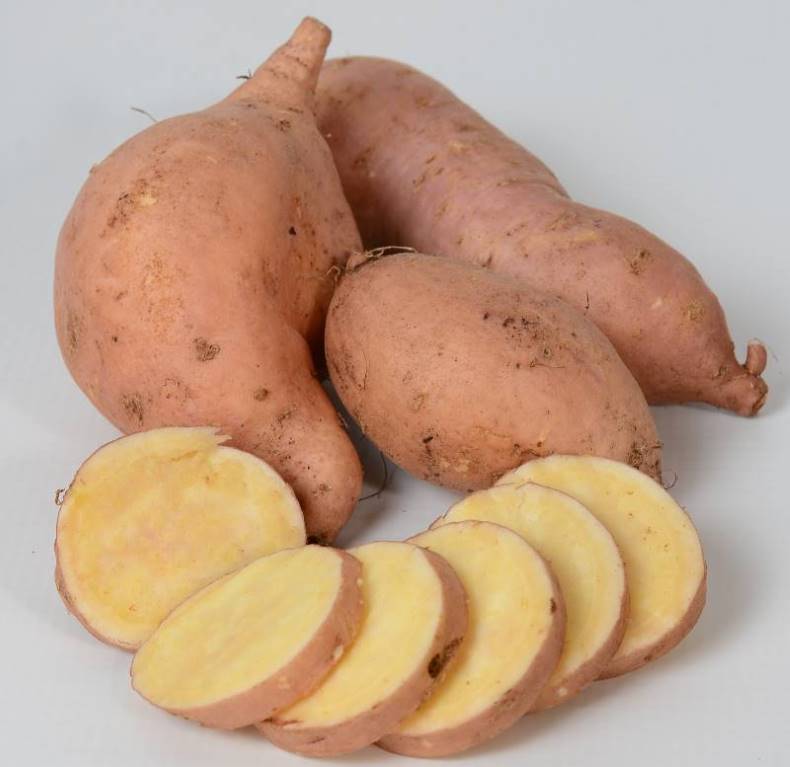
The new varieties of Treasure Island Sweet Potatoes are named for specific islands of French Polynesia in the South Pacific, where sweet potatoes have been grown for centuries. Treasure Island ‘Makatea’ is a white-fleshed sweet potato that makes a delicious addition to Asian and Caribbean dishes. Its bright chartreuse, heart-shaped leaves look great in the garden and in salads. Treasure Island ‘Kaukura’ boasts tubers that are bright orange. Its heart-shaped, deep purple leaves make it a great accent plant for pots and other growing containers.
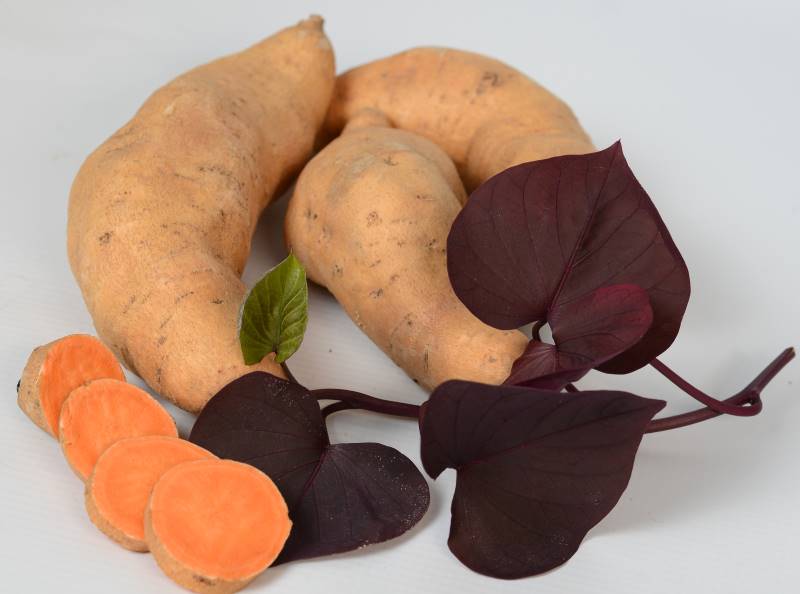
Treasure Island Sweet Potatoes were developed in a collaborative breeding program at Louisiana State University. They won a Green Thumb Award as an outstanding edible plant. Treasure Island Sweet Potato plants are available at springhillnursery.com.
Best New Vegetable Seeds: This Rhubarb Can Handle the Heat
Here’s a new variety of rhubarb that’s so special it won a 2020 Green Thumb Award from the Direct Gardening Association. KangaRhu Rhubarb is the result of nearly 10 years of development at Gurneys Seed. It offers outstanding quality and superior summer production. Plus, this new variety makes it possible to grow delicious garden rhubarb in areas where warm summer nights restrict production of typical rhubarb varieties.

KangaRhu Rhubarb was developed using genetics adapted to Australia, one of the most challenging gardening environments to be found anywhere. The red stalks of KangaRhu are the darkest of any rhubarb. They cook up a brilliant red, and they taste great. The plants grow up to 36 inches tall and thrive throughout USDA zones 4-8. KangaRhu Rhubarb potted plants are available at gurneys.com.
A Nonstop Harvest of Sweet Peppers from your Backyard Garden
There’s nothing wrong with traditional peppers. Fresh homegrown peppers are a delicious addition to salads and veggie trays, and peppers can be used to enhance a wide range of cooked dishes. But sometimes the best new vegetable seeds for your garden are something completely different. A ‘Slovana’ Pepper plant produces a nonstop summer harvest of tasty, neon-golden sweet peppers. This new variety is a compact grower. (The plants are just 17-26 inches tall, so they fit nicely into even the smallest garden spaces. ‘Slovana’ Pepper also grows well in containers.)
A ripe ‘Slovana’ pepper is 6 inches long and 2 inches wide that starts out light green in color but matures to a handsome pale yellow. The 4½-ounce fruits boast a rich pepper flavor with a delicate sweetness that’s delicious both fresh or roasted. A packet of ‘Slovana’ Pepper seeds sells for $6.29 or three starter plants sell for $18.99 from burpee.com.
Biodegradable Seed-Starting Pots for Best New Vegetable Seeds
Many types of vegetable garden plants, such as tomatoes and peppers, take a long time to mature. Consequently, getting a jump-start on your seed starting (before your last frost date) can really increase your garden yields. Fortunately, it’s not difficult to start seeds under grow lights or in a greenhouse.
To give seeds the best possible start, plant them in a biodegradable and natural seed-starting pot. CowPots seed-starting pots are made from composted cow manure from a dairy farm in Connecticut. (Hence the name, CowPots!) These natural pots allow seedlings to grow a bigger root mass, which results in healthier plants. Also important, using these biodegradable pots eliminates transplant shock since the entire pot can be planted in the ground. Plus, the CowPots naturally decompose to provide nutrients for the plant.
CowPots recycle renewable resources while growing healthy plants. CowPots are available in a wide range of sizes at fine garden centers and online at Amazon.com.
Don’t Forget About Fall Planting, Too
Did you know that many kinds of vegetables can be grown in the fall? Toward the end of summer when temperatures cool down is a great time to plant many vegetable varieties. That makes autumn the perfect weather for lettuce, broccoli, spinach, turnips and other garden crops. Click here for more info about Fall Planting.


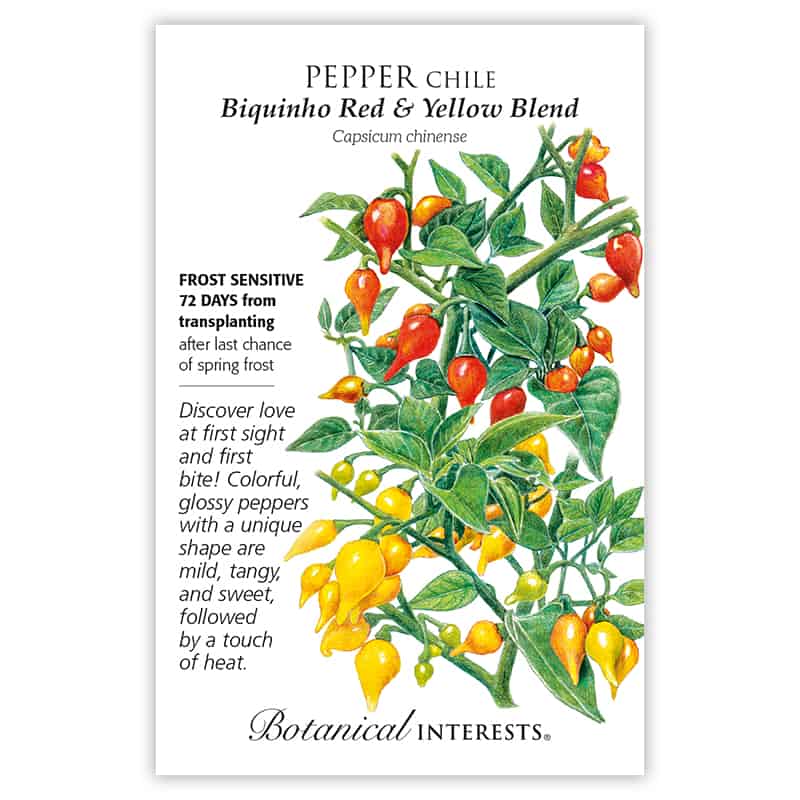
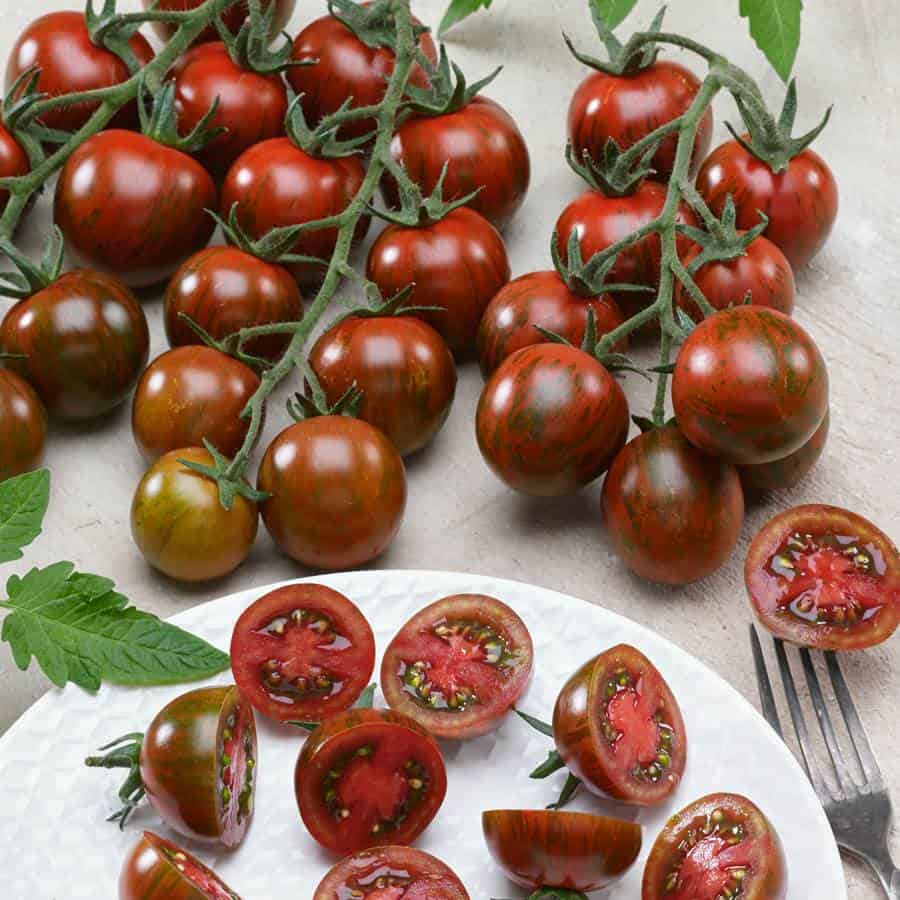

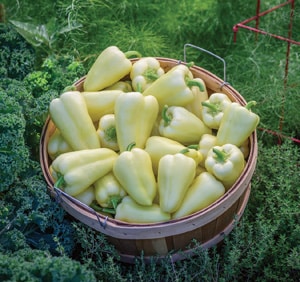
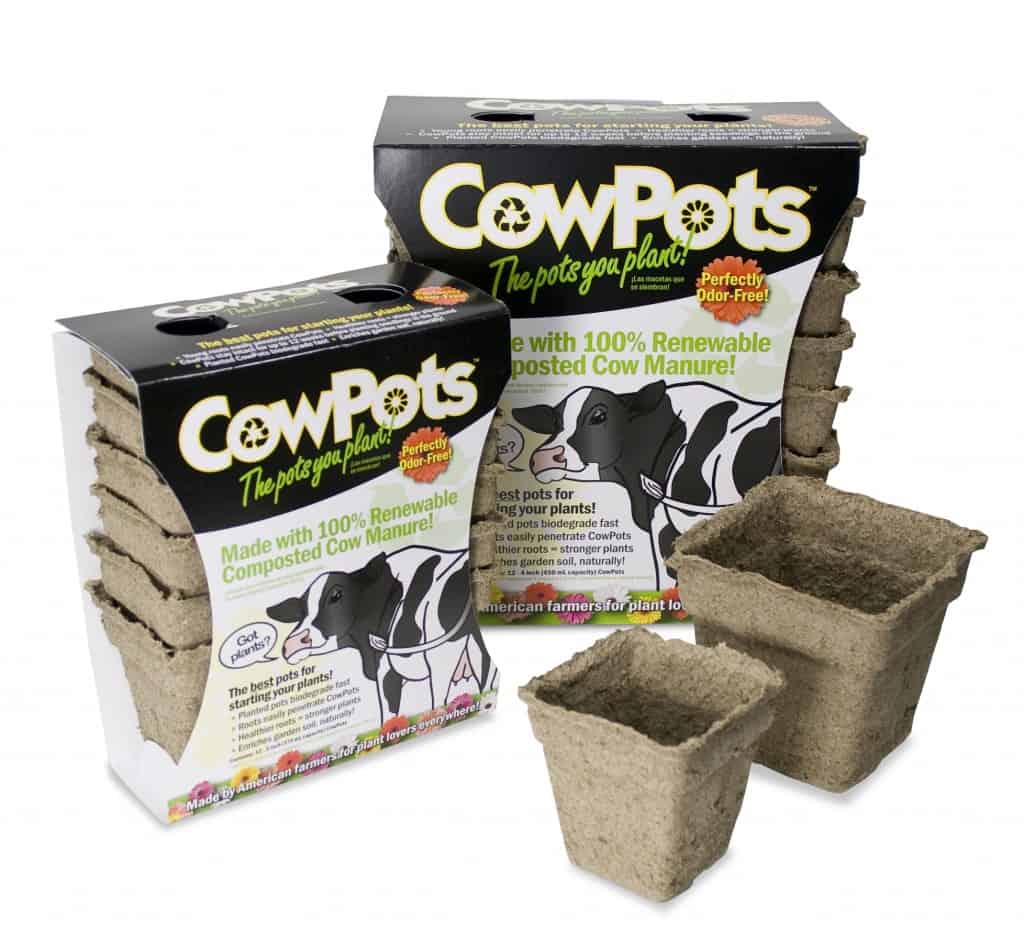

I would like to start growing salad greens, but have never done this before. Can you give me some guidance.
And how to order the seeds for spinach, baby kale, butter lettuce?
Hi Sandra–
Growing salad greens from seed (such as spinach, kale and lettuce) is actually quite easy. You can buy the seeds from a local garden center store or online from a reputable seed company. We like ParkSeed.com, WoodPrairie.com and Burpee.com. But there are lots of other choices, too. Just search for “lettuce seeds” for example, and plenty of other companies will show up. Make sure you plant your seeds in a spot that gets 6 hours or more of sunlight, and keep them well watered so the soil doesn’t completely dry out. The seed packets will give you info about how deep to plant the seeds in the soil and how far apart to space the plants. Good luck with your first garden!
Thanks for all the wonderful info. I want to grow figs.
No luck yet. Your hints help.
John–
Many fig trees are only cold hardy to USDA zone 7. So if you live in a colder climate, search for a tree that’s cold hardy to your zone. Also, growing a fig tree against a West-facing wall can help protect it against freezing. Please read our Fruit Trees story at https://homegardenandhomestead.com/7-perfect-patio-fruit-trees-for-small-spaces/ for additional information.